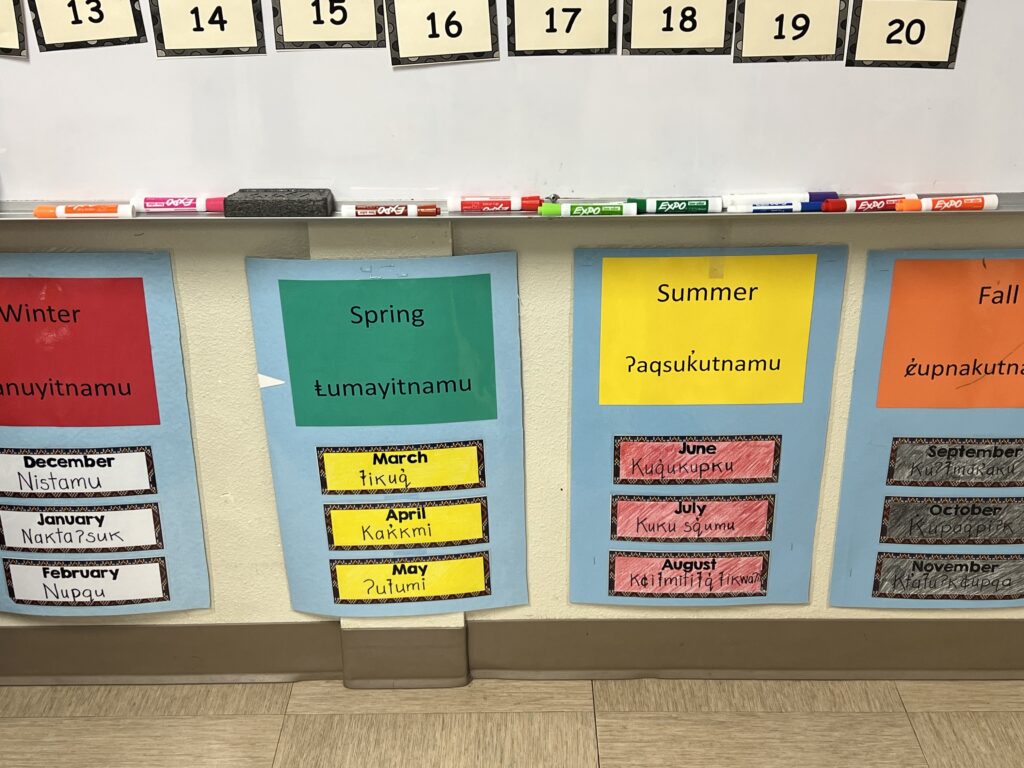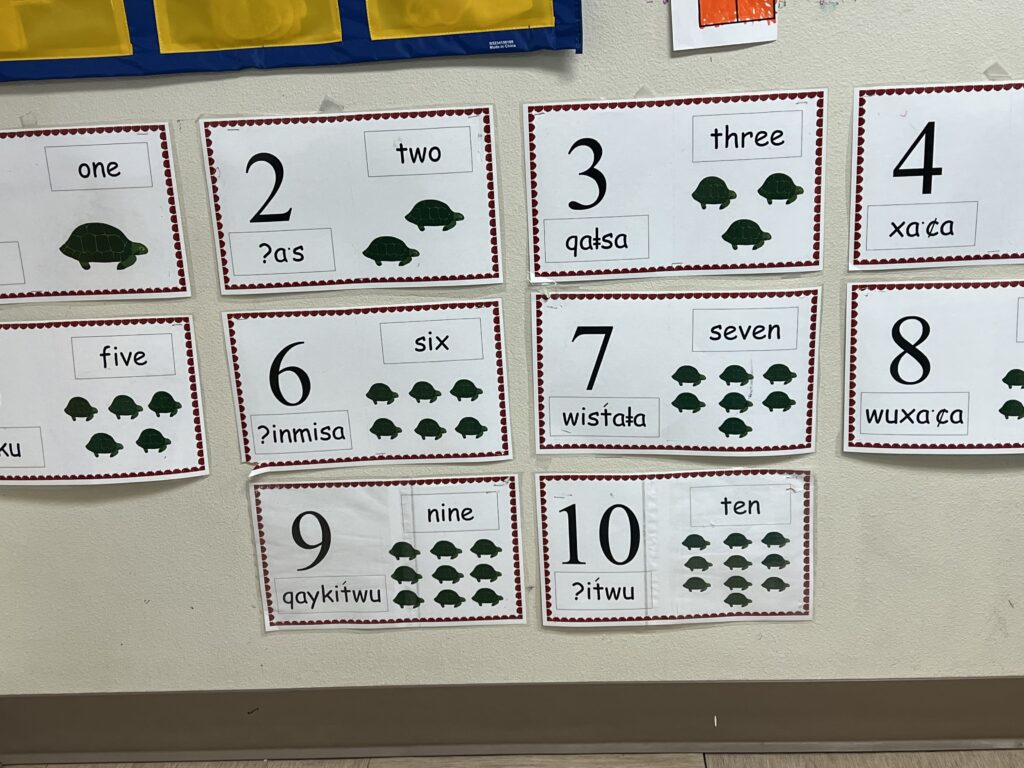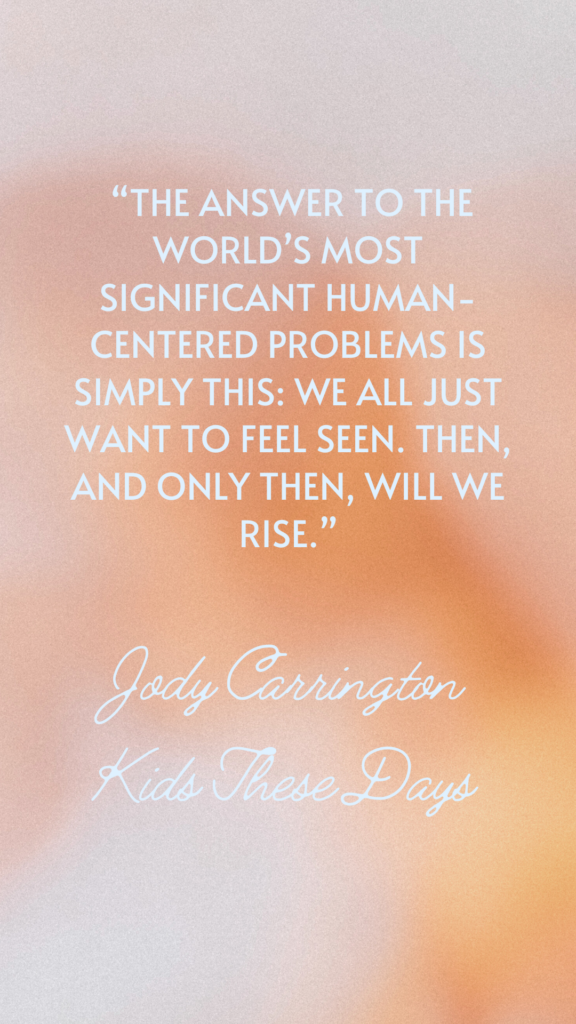Aqamnik School Reflection (Winter Term)
Description – What happened?
I had the pleasure of attending Aqamnik School on three separate occasions with two of my classmates, Melissa and Josie. Aqamnik school is a small independent elementary school that uses the BC curriculum and Ktunaxa cultural teaching practices to educate their students. We were placed in a kindergarten grade one blended class. The classroom was large and bright as it had big windows that brought natural light into the space. Mrs. O also had colorful educational Ktunaxa posters on the walls. While there I observed Mrs. O teach several different subjects to the students. The subjects I observed the most were English, math, and morning meetings. During morning meetings Mrs. O would refer to several of the Ktunaxa posters as visual aids for the students. Additionally, Mrs. O used a program called Read Well, which I had never seen in classrooms before. From what I witnessed Read Well worked great with the kindergartners as it was interactive and engaging. The Read Well lessons had songs, stories, and small group instruction. Mrs. O said that Read Well is a program that has been successful with her kindergartners over the past years and that is why she continues to use it in the classroom. The grade ones would leave the classroom during the English lesson to do individualized learning with Mr. Todd Lunan. This reflection will primarily focus on my experience with observing the English lessons, building connections with the students, and witnessing the staff navigate children with high behavioral needs.
Feelings – What were you thinking and feeling?
The classroom had around 10 students this was great because I got to know all the students in the class very quickly. At the start when I first met the students I felt a bit nervous to introduce myself but once I did the students were great. I found it hard to connect with the students as I didn’t know anything about their personal lives; leaving most of the conversations I had with the students to be very surface level stuff. This made me sad as I didn’t get to know the students for who they really are. A couple of the students were shy but I think if I had had more time in the classroom all of the students would have felt more comfortable around me. One of the students was very loud and aggressive making it hard for me to connect with them. I enjoy the relationship part of teaching as it is an opportunity to become friends with ten new little buddies and find out what they are passionate about. While observing Mrs. O teach, it was apparent that her connections with the students impacted her teaching methods. She was able to evaluate her class needs and adapt the lesson if need be. If a student was having a tantrum she could help that student while maintaining the flow of the lesson. This is something I strive to aim for in the future as a teacher.
Evaluation – What was good or bad about the experience?
I found the in-situ to be a very positive experience. I feel like I gained resources that I can take into my future classroom as well as witnessing Mrs. O deal with students of all different dynamics. I found witnessing professionals deal with students who struggle with behavioral issues to be extremely valuable as it makes me more aware of what to do in similar situations. One student in the class was particularly struggling with handling their emotions but after observing how the staff helped them. I found that time away from the classroom and having a conversation about how they were feeling helped them regulate. As a result, of the class being blended, it affected English class as the grade ones would leave and get taught different content than the kindergarteners. I wish that I didn’t have to miss out on one of the English lessons as I could not be in two places at once. However, having the opportunity to witness two different educators teach English to primary students allowed me to explore and enhance pedagogies (UVic Competencies for Teacher Education #11). Specifically, witnessing how Mrs. O taught the students in a group dynamic as Mr. Todd Lunan taught them one-on-one. Mr. Todd Lunan only had two or three students meaning he was able to individualize his teachings to meet the unique needs of each student. While Mr. Todd Lunan taught if the student was struggling with something let’s say reading he would spend more time on reading than something they are more comfortable with.
Analysis – What sense can you make from the situation?
From what I made sense of the situation I think that the time spent at Aquamnik school was time well spent. I gained perspective on different ways you can respect others and have community engagement in the classroom (UVic Competencies for Teacher Education #6). Specifically, being in a predominantly Indigenous classroom it was an opportunity to show respect for all learners from all cultures. Spending time with the students expanded my knowledge of Indigenous ways of learning. The students taught me how to count to ten in Ktunaxa which warmed my heart. The students were professionals at counting and they taught me how to count in Ktunaxa by modeling. Modeling is a form of teaching that takes place when the teacher describes the learning task (counting to ten in Ktunaxa out loud) and they describe it by reflecting on their own learning experience (Pathways to Understanding Lipton & Wellman, 2000). The students taught us the same way they were taught. They were taught by a parent or Mrs. O who counted out loud to them and then they would have to repeat the counting back out loud. Spending time with the students was truly something special.
Conclusion – What else could you have done?
One of the most beneficial takeaways was watching Mrs. O and Mr. Todd Lunan teach English. They both had different teaching styles and materials. It was interesting to observe the different dynamics of how to students would react when learning one-on-one or in a group setting. I also found watching the staff deal with students that have behavioral issues to be beneficial. It gave me a sense of what steps I need to take if I am ever put in a similar situation. Attending Aqamnik school gave me perspective on how I could approach things differently next time in a classroom. As for what I could have done differently I now know from the very second you walk through the classroom doors you need to try and connect with the students. This opportunity showed me that it is important to be yourself and not be afraid to put yourself out there if you have ideas.
Action Plan – If it arose again, what would you do?
If I was given the opportunity to go to Aqamnik school again I would go. I wish that I would have had more time to prepare a lesson as I only got to help assist one lesson while I was at the school. I would also be open to trying a different grade as I think that would be beneficial for me to see. In the future, I hope more UVic teachers use Aqamnik School as a place to send education students as Aqamnik is wonderful. The school, staff, and students were very welcoming to us and I think it would be a shame if we didn’t get to go back there.
Photos From Mrs. O’s Classroom:



Kootenay Orchards Music Reflection (Winter Term)
Description – What happened?
One of the assignments for music class (EDCI 306) was for us to write a small skit, and choreograph two simple dances for students to learn. I was grouped with Josie and Andrea and we created a skit based on wolves and rabbits. The skit was about wolves who were hungry and they wanted to eat the rabbits but the rabbits knew kung fu. The rabbits fought the wolves resulting in the animals concluding that fighting is pointless and that they should all just be friends. Mr. Lutz grouped the students from a grade four/five blended class into small groups and gave them the script. The students chose a part they liked in the script and memorized their lines. We were given two work periods with the students and a dress rehearsal to get the students ready for the performance. All the student’s families were invited to watch the skits and dances the students had been working on.
Feelings – What were you thinking and feeling?
I was very excited to do this assignment as I have done acting and dancing throughout all of my schooling. However, I had never taught students how to dance. This was a completely new concept to me but I was excited for the challenge. Andrea, Josie, and I all had background dancing which meant we found choreographing two dances fun and easy but when it came to teaching the students the dances we ran into problems. First of all, we made the dances way too complicated. The students struggled to learn the choreography as none of them had ever danced before. We had to practice effective communication with the students to adapt to the diversity of the learners (UVic Competencies for Teacher Education #5). This meant we had to quickly compromise and make changes to the dance. This was stressful but we ended up simplifying it enough to the point that all students could understand and follow along.
Evaluation – What was good or bad about the experience?
The experience overall was positive as it was something I had never done before and I feel like I gained a sense of what it takes to teach and guide students in dancing/acting. In the future, I would love to put on a small production with my class. I think this experience showed me what it takes to be successful in classroom productions. I tend to stay with the primary students in teaching and observation situations. For that reason, I found working with the intermediate students that much more rewarding as I don’t tend to gravitate to work with the older students. The grade four/five students had a bit of sass but in the grand scheme of things they were fantastic kids. They were funny, patient, and willing to learn and listen. I had a great time working alongside them to create a fun opportunity that hopefully they will remember for a long time.
Analysis – What sense can you make from the situation?
I found that a lot of the students faced embarrassment from doing the dances and acting. The students told me they were embarrassed about dancing in front of people. While the students shared with me their embarrassment it reminded me of a quote from Jody Carrington’s book Kids These Days. Jody said, “The answer to the world’s most significant human-centered problems is simply this: We all just want to feel seen. Then, and only then, will we rise.” My students didn’t feel understood by me because I was an adult. I didn’t have to get on stage in front of family and friends to do some ridiculous dance. I encouraged them and told them that It would be short and that dancing is something that they are going to have to do throughout all of their schooling. I told them my personal experience of dancing and acting while I was their age and how I too also felt embarrassed and times. I tried to make them feel seen and that I could relate to their situation. By joining the students in a shared problem solving, public discussion and thinking aloud it increased the learners capacities about public embarrassment. (Pathways to Understanding Lipton & Wellman, 2000). After that conversation, embarrassment was never brought up again during practices.

Conclusion – What else could you have done?
When we were first assigned the students I would have asked them if they had any experience dancing. This would have been beneficial as we didn’t know our students had no experience with dance and because of that, they struggled to learn the choreography. If we had known this from the beginning we could have made the choreography a bit more simple. This would have helped us in the long run. Another change that could have been made is setting clear expectations on day one. This means all of the students must put in effort to memorize their lines and choreography. As well as they must attend all practices and be there on the day of the performance. Many of the students were absent during the performance which caused the other students to pick up the extra weight which was not fair. Overall, I am very proud of my students I think they did a fantastic job with all things considered.
Action Plan – If it arose again, what would you do?
If the opportunity ever arose again I would love to do it again. I found the whole experience to be fun and beneficial as it gave me perspective. Teaching dancing and acting is a rewarding experience when your students are having fun. It was great to see the students smiling and giggling while practicing. The only thing I would do differently is from the beginning I would set clear expectations that need to be followed throughout the entire practice portion and the performance. The expectations are important as it would have helped save valuable practice time with the students in the long run.
Resources:
Teacher Education Program Competency Guide | UVIC Teacher Education
Read Well – Reading & Language Arts Solution for Grades K-3 | Voyager Sopris Learning
ʔaq̓amnik̓ Elementary School (aqamnikschool.com)
Lipton, L., & Wellman, B. M. (2000). Pathways to Understanding: Patterns and Practices in the Learning-focused Classroom. MiraVia, LLC.
Carrington, J., & McIntosh, L. (2020). KidsThese Days: A Game Plan For (Re)Connecting With Those We Teach, Lead & Love. IMPress.
Cover Photo by Agence Olloweb on Unsplash

Leave a Reply
You must be logged in to post a comment.